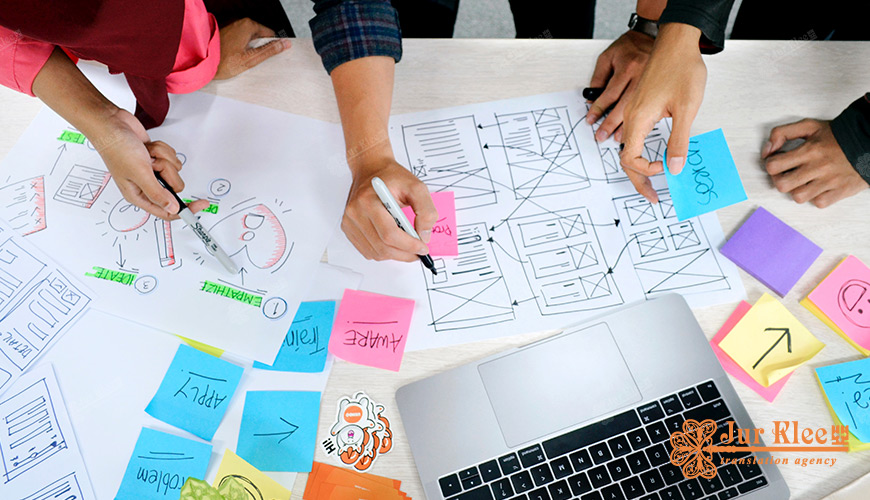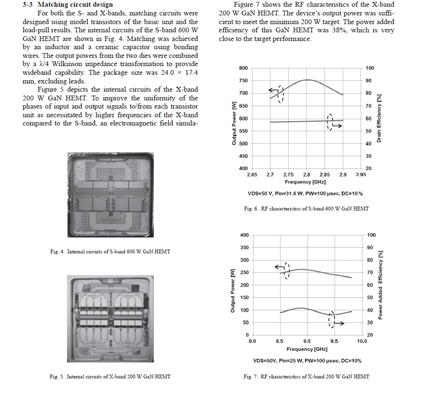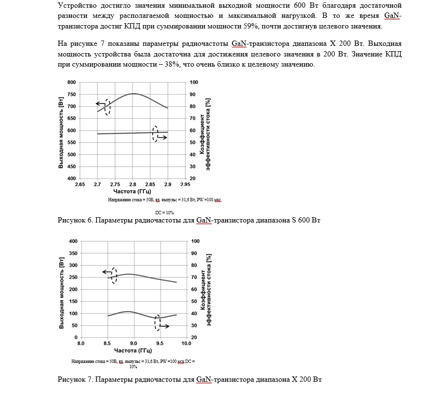
What does the layout of the translation "one and the same" with the original mean?
Translation from one language into another means not only working with the text. If a linguist has a task to translate a particular text material, a professional will try to preserve the design of the original document as much as possible. So, the resulting translation is easier to compare with the original, and it is easier to get acquainted with its contents.
But very often the customers set more complex, responsible tasks, where it is necessary to completely preserve the design set in the original or prepare a translated document for printing. In these cases, you cannot do without the help of layout designers. We will tell you about it.
Exactly like in the original — how is it?
The layout is performed in a special graphic editor and allows you to give the translated document the maximum similarity with the original. At the same time, all the constituent elements of the source material remain unchanged: headings, images (with or without captions), footnotes, tables, and their identical arrangement. Only the text itself, of course, will be presented in target language.
Will the resulting translation be absolutely similar to the original?
The design of the translated content assumes maximum similarity with the original, but it should be noted, it is not always 100% identical.
It should be understood that all languages are different and, accordingly, the number of characters in the original language often differs from their number in the target language. In most cases, people who are faced with the need to make up the translated text do not determine the size of margins by eye, but after measuring them, they probably notice the difference. This must be considered when negotiating with the printing house about printing. The same applies to the font: not in all languages you can find an analogue of certain fonts. In such situations, the layout designers select the most similar options.
Source text

Target text

If you need a document with the same design, but only in Ukrainian, what are the next steps?
To begin with, you should make sure that the provided document is so complex in presentation and design, that it requires additional layout. That is, the first thing to check is whether it is not possible to edit all text and graphic elements with tools built into the software. If you can edit the text with a simple replacement (for example, as in a number of Powerpoint presentations), then additional design services will not be required. If the design is much more complicated, specialists will need "sources".
STEP 1. SOURCE CODE ANALYSIS
For the highest quality layout, the original document of the original format is requested from the client. This is very important, since very often a more universal format (for example, pdf) is used to be sent by e-mail or uploaded to a website. The layout of such an exported document, as a rule, is more expensive, takes more time and, perhaps, will not make it possible to achieve an exact copy of the original at all. Therefore, a competent approach is to edit the document in its original version and with the software of the intended format.
A lot depends on the source file provided. If it is transmitted in its native format, not exported to any other, then it is easier to work with it, which means that its layout will be chipper. The format of the source text also depends on the moment when the software will need to be used. For example, Adobe Illustrator is often used for catalog layout in pdf format. When a pdf document is not sent to a printing house, but for personal use, Adobe Acrobat Pro may be used.
For drawings that are not suitable for editing, Adobe Illustrator is needed, and for "autocad" projects, respectively, AutoCAD.
If the documents are in pdf format and at the same time, they are not a set of scans, but normally editable pdfs, it is easier to work with them, they "fit" better for Word and you have to double-check spelling less. In turn, it is more difficult to work with photographed scans or duplicated, therefore, the cost of layout will be more expensive, since it is not so easy to take a picture exactly, clearly, and in most cases such a plan of photos needs to be almost completely reprinted manually.
Step 2. STUDY OF ADDITIONAL WISHES AND THE LAYOUT BEGINNING
The customer can have various suggestions on the layout of the document, including:
- Layout of not all pages or not all graphic elements;
- Replacement or removal of logos and other elements of corporate identity;
- When the text is duplicated in different languages at once, the client wants to leave in the translation only the one that he needs.
Do you want to translate documents and get a translation made according to your requirements? Jur Klee is your optimal choice.
